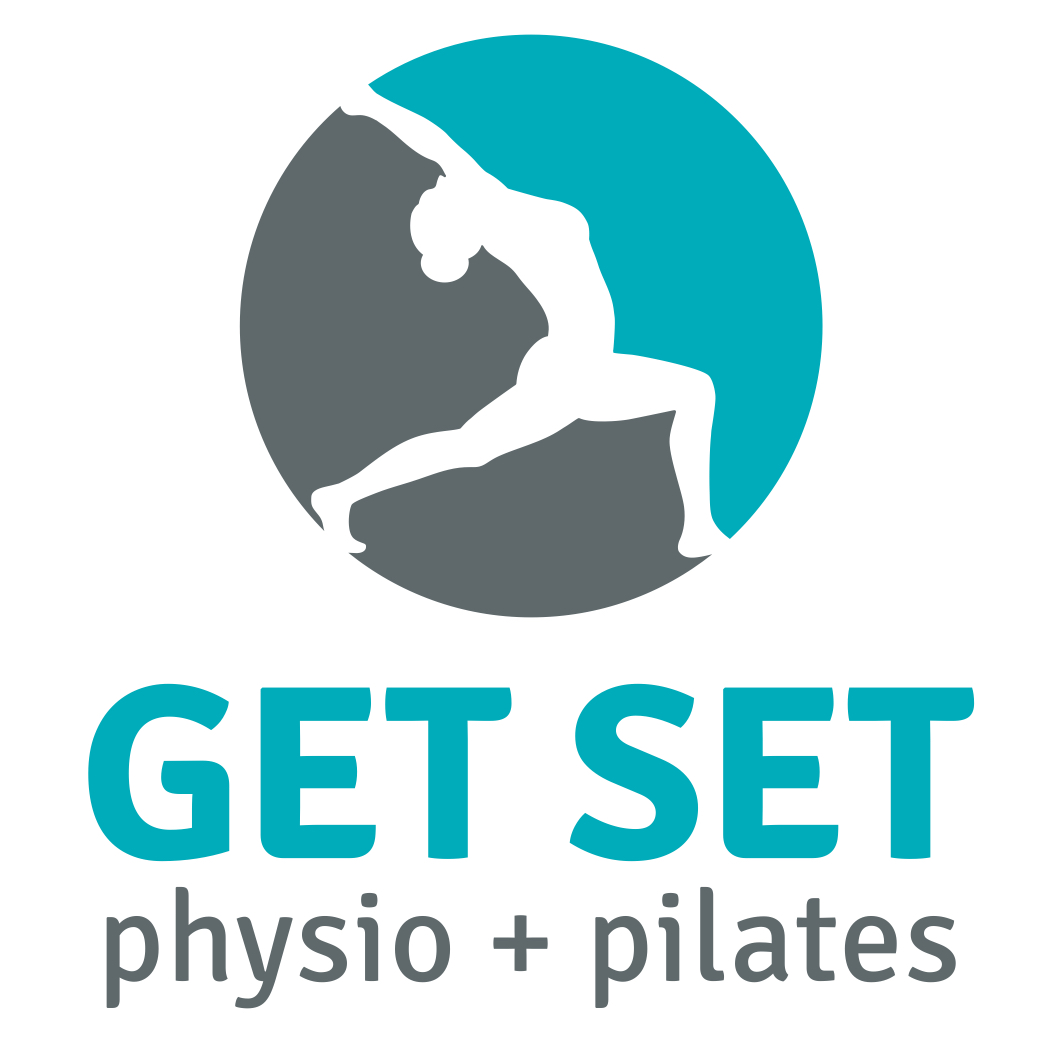It is not uncommon for people to experience clicking, crunching, and cracking sounds in their knees on movements such as squatting or lunging or with any bending of the knee joint. Most would also report that these noises seem to occur more frequently as we age. This is known in the medical world as ‘crepitus’. If you have been noticing these strange sounds in your knees, you are likely wondering what causes these sounds and is it a symptom that requires professional input?
Why do I get crepitus?
The crepitus here is not to be confused with a different phenomenon called ‘cavitation.’ Cavitation is the sound of popping within the joint where small bubbles of carbon dioxide in the lubricating fluid within the knee joint combine to form a larger bubble. This larger bubble can pop into the smaller bubbles when bending or twisting the knee to produce an audible pop like that of cracking your knuckles.
The sounds of crepitus can be caused by a few different factors. When our knees bend, the patella (kneecap) travels and slides in a groove within the femur (thigh bone). If the patella does not fit or glide within that groove smoothly and there is poor alignment of the joints, the patella can rub against the femur or other soft tissue in the area. As a result, we can get the strange sounds of crepitus in the knee as the knee bends. These sounds may be related to tendons flicking across bony prominences as your knees go through range of motion. The crepitus could also be a result of additional wear and tear on the surface of your joints meaning there is greater friction between the cartilage sliding against each other.
Do I need professional help?
In most cases if the noises are not associated with any pain or discomfort, they would be no more than a simple biomechanical variation as our bony and soft tissue make-up vary from person to person. However, if the sounds are accompanied with pain and/or discomfort or there is a feeling of locking or grinding involved, it is worthwhile investigating the source. Pain with grinding or locking may indicate damage to the joint surfaces such as a frayed or torn meniscus or arthritic changes. Stiffness and/or swelling in the joint +/- pain may be resulting from bursitis, tendinopathy, gout, or arthritis. If one or a combination of these symptoms resonate with you, it is worth consulting one of our physiotherapists at Get Set Physio to assess for these conditions among many others. We will work together to address deficits in strength, length, and movement patterns as well as managing load to reduce your symptoms and keep you joints healthy and moving smoothly.
How can I get rid of these sounds?
In some cases, these noises cannot be addressed as mentioned earlier. However, if pain, poor movement, or discomfort is involved, there are a few things you can do that may reduce that impact.
1. Loosening tight quad muscles!
Tight quads and other muscles surrounding the knee impact directly on the position of the kneecap within the joint. If the forces pulling the muscles around the knee are imbalanced then the kneecap will not sit within the joint adequately. This causes direct pressure asymmetrically on the joint leading to pain and/or clicking and cracking. Releasing these muscles with massage or a foam roller can reduce the imbalance of forces surrounding the knee.
2. Improving hip control and strength!
Your glutes among other muscles around the hip support and stabilize the knee during squatting, bending and most importantly walking and running activities. When squatting or lunging and the hips, knees and ankles do not sit in a straight line and your knees wobble and do not feel stable, this can contribute to knee pain and crepitus due to the lack of control in the hips.
Signs you may be lacking in hip control:
· Unevenly worn-out shoes,
· Knock or bowed knees when walking,
· Walking with a waddle,
· Toes pointing inward when walking,
· Knees shaking or buckling on squats or lunges,
· Inability to stand on one leg and keep your hips level.
3. Improve your quads strength!
Your quads compose of four different muscles that pull on your kneecap in four different orientations to produce movement in your knee. If one of these four muscles are lacking in strength compared to the rest (usually the VMO) the forces of the quads on the kneecap will not be completely stable. In effect, strengthening all the quads muscles will still help to stabilize the kneecap within the joint.
4. Move! Move! Move!
We cannot stress this one enough. Sitting down for prolonged periods of time leads to increased tightness in the quads and hip flexors and conversely lengthen the glutes causing imbalances in strength and control in the muscles that support your knee. Keep your muscles active and reduce the time you spend holding your knee in a bent position.
If you are struggling with functional tasks such as walking, running, bending, lunging, or squatting with knee clicking, cracking, and crunching and there is a component of pain or discomfort, you can book here or call (03)9841 5777 to see one of our physiotherapists at Get Set Physio to assess and treat you back to your comfortable and pain-free best!


